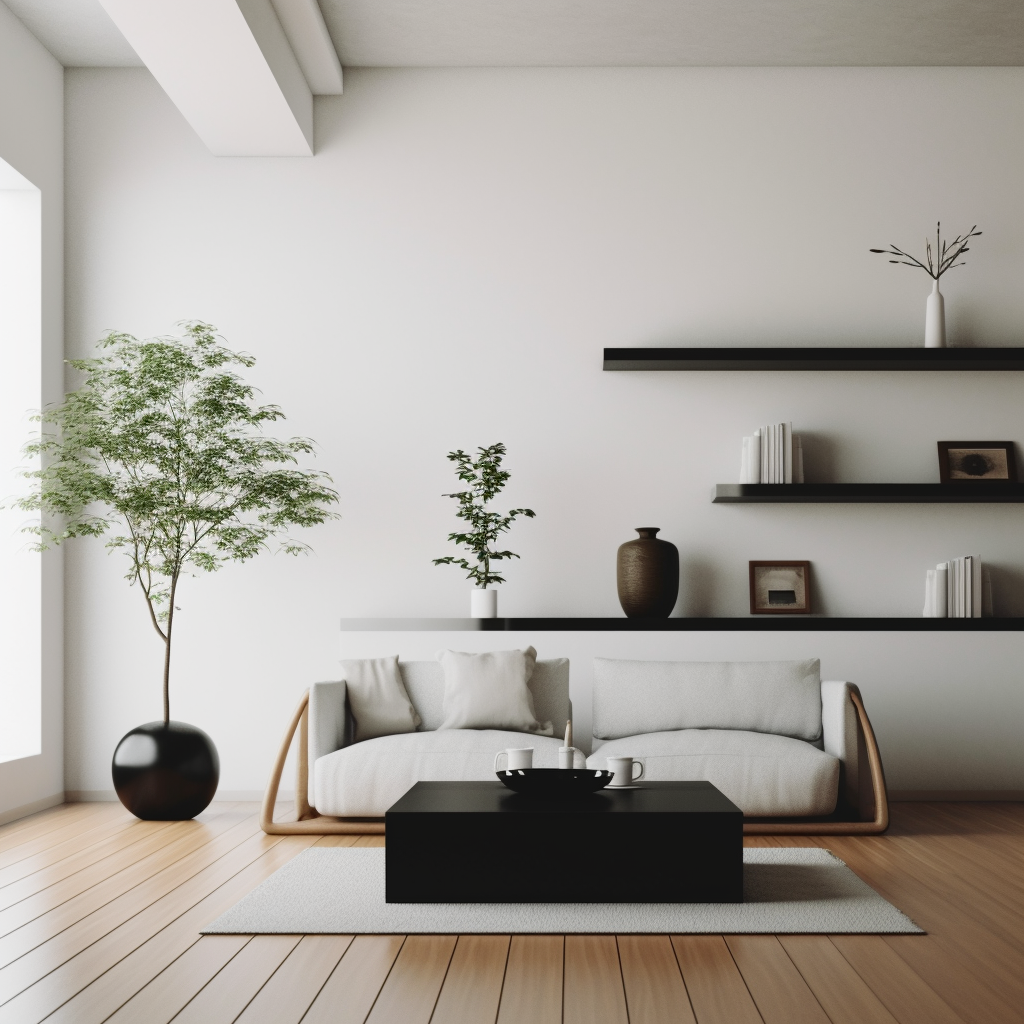In a world of consumerism and excess, minimalist living has emerged as a refreshing and transformative lifestyle choice. Minimalism is not just about getting rid of physical clutter; it’s a mindset that encourages intentional living, focusing on what truly matters and letting go of unnecessary distractions. By embracing minimalist principles, individuals can create more space, time, and freedom to pursue their passions and live a more fulfilling life. In this comprehensive guide, we will explore the fundamentals of minimalist living and provide practical tips for adopting this lifestyle.
- Defining Minimalist Living
At its core, minimalist living is about simplifying and decluttering your life, both physically and mentally. It involves removing excess possessions, streamlining daily routines, and prioritizing what adds value and meaning to your life. Minimalism encourages mindful consumption, emphasizing quality over quantity and experiences over material possessions. It’s about focusing on what truly matters and letting go of the rest.
- Decluttering Your Space
The first step in embracing minimalist living is decluttering your physical space. Start by assessing each item in your home and asking yourself if it serves a purpose or brings you joy. Consider donating, selling, or recycling items that no longer serve you. Focus on creating an environment that promotes tranquility and fosters a sense of calm. Adopting a “less is more” approach to material possessions allows you to create a space that feels open, organized, and reflective of your values.
- Mindful Consumption
Minimalism encourages mindful consumption by being deliberate and conscious of the items you bring into your life. Before making a purchase, ask yourself if the item is truly necessary and aligns with your values. Consider the environmental impact, ethical considerations, and long-term value of the item. By adopting a more intentional approach to consumption, you can reduce waste, save money, and avoid accumulating unnecessary possessions.
- Streamlining Daily Routines
Minimalist living extends beyond physical possessions to daily routines and commitments. Simplify your schedule by evaluating your obligations and focusing on the activities that bring you joy and fulfillment. Learn to say “no” to activities or commitments that do not align with your priorities. By streamlining your routines, you create more time and space for the things that truly matter, such as spending quality time with loved ones, pursuing hobbies, or practicing self-care.
- Digital Detox
In today’s digital age, minimalism can also be applied to your virtual life. Consider taking a digital detox by limiting screen time and decluttering your digital spaces. Unsubscribe from unnecessary email subscriptions, organize your digital files, and declutter your social media feeds. By creating a digital environment that is free from distractions, you can cultivate a more focused and present mindset.
- Cultivating Gratitude
Minimalist living goes hand in hand with cultivating gratitude. Take time each day to appreciate the things you have, the experiences you’ve had, and the people in your life. Gratitude allows you to shift your focus from what you lack to what you already possess, promoting contentment and happiness.
- Embracing Experiences
Minimalism encourages a shift from material possessions to experiences. Instead of accumulating things, focus on creating memorable moments and investing in experiences that bring joy and personal growth. Travel, try new activities, attend cultural events, or spend quality time with loved ones. By prioritizing experiences, you enrich your life and create lasting memories.
- Mindful Wardrobe
A minimalist wardrobe is curated with purpose and reflects your personal style. Streamline your wardrobe by keeping only the items that fit well, are versatile, and align with your lifestyle. Consider adopting a capsule wardrobe, which consists of a limited number of high-quality, mix-and-match pieces. This approach eliminates decision fatigue and promotes a more intentional and sustainable approach to fashion.
- Sustainable Living
Minimalist living naturally aligns with sustainable practices. By consuming less and being mindful of the impact of your choices, you contribute to a more sustainable future. Consider adopting eco-friendly habits such as reducing waste, using reusable products, shopping second-hand, and supporting ethical and sustainable brands. By making conscious choices, you can minimize your environmental footprint and contribute to a healthier planet.
- Embracing Simplicity and Mindfulness
Ultimately, minimalist living is about embracing simplicity and mindfulness in all aspects of life. It’s about removing distractions, focusing on the present moment, and living with intention. By simplifying your life, you create space for what truly matters and find greater peace, purpose, and fulfillment.
Minimalist living is a powerful and transformative lifestyle choice that allows you to simplify, declutter, and focus on what truly matters. By decluttering your space, adopting mindful consumption habits, streamlining routines, and embracing experiences over possessions, you can create a life of greater clarity, intention, and fulfillment. Embrace simplicity, let go of the unnecessary, and cultivate a mindful and intentional mindset. By embracing minimalist living, you open the door to a life of greater joy, freedom, and contentment.





